Campfire Audio Satsuma is a brand-new release with a single balanced armature driver, and the price is set at $199.
Introduction
Campfire Audio is well-known for making rather expensive IEMs like the Solaris, Ara, and a favorite for many, Andromeda. This time, they presented Satsuma and Honeydew, which are the cheapest models in their current lineup, and they are a perfect opportunity for the first IEMs from Campfire Audio. These two are made to celebrate the summer, with the name “Satsuma” representing a Japanese type of orange. Grab your juice or any alcoholic beverage and enjoy!
Packaging & Build Quality

Satsuma is basically an Orange.
Campfire Audio has been making metal IEMs for as far as I can remember…well, I believe they’ve never offered a non-metal IEM in the past. It’s changing today, as the Satsuma is indeed made of metal. Don’t you worry though, it is still CFA. The Satsuma is well-made, solid and it won’t break anytime soon for sure. Using the plastic also has its pros, such as reduced price, reduced weight (which improves comfort), and you won’t have to babysit them as much as you have with the Andromeda for example. Who likes scratches and chipped paint on your new, cool headphones?
Inside the (as always) beautiful box, you’ll find plenty of stuff. IEMs itself, the Smoky Litz Cable, three soft sacks (two with pouches for each earphone), a set of Final E Tips, and a pair of foam tips.
Comfort & Isolation
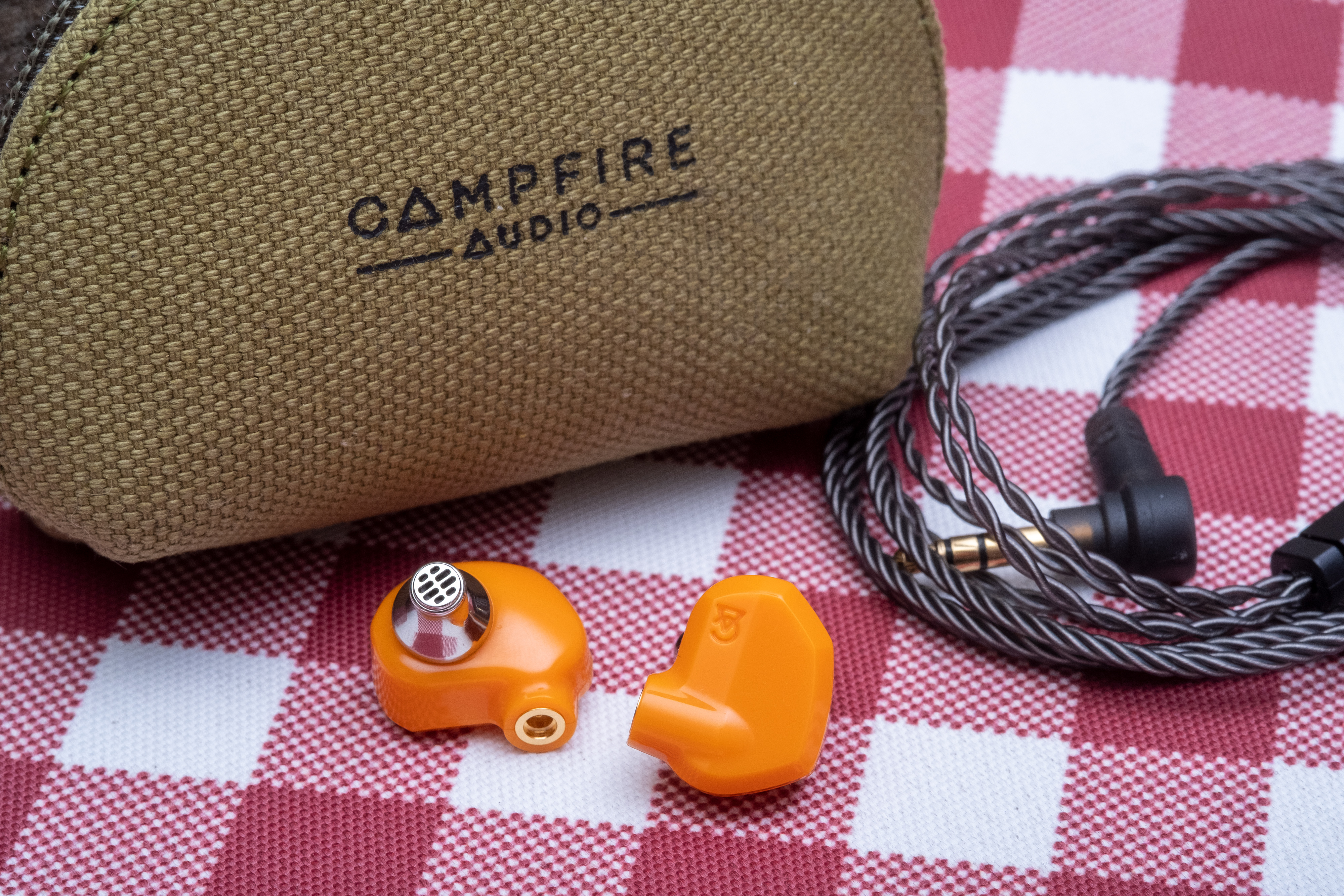
Perfect for a picnic.
Comfort is on a really high level because shells are very small and light. Satsuma is touching my ear at only one point, and it’s doing it in a really delicate way, just laying on it. Litz Cable is also helping to be comfortable with these IEMs because it’s one of the most comfortable stock cables I’ve ever used. I’m slowly getting rid of cables like FiiO LC-B, which are bulky and quite irritating from the very beginning.
Isolation is also great, maybe it doesn’t cut off totally that neighbor who’s drilling 24/7 for a month from now, but it definitely helps me to live with it. During riding in a subway or bus, no external noises are coming through when the music is playing. Only with silent tracks, or in the pause between songs I can hear the environment, but it’s hardly muffled.
Thanks to the more rounded shells, and the material they are made of, these won’t be as problematic as their previous releases in terms of comfort. I personally know some folks that can’t stand the harsh edges of the Andromeda for example. Can’t imagine anyone having problems with the Satsuma though, and that’s good.
Sound

Peekaboo!
Not gonna lie, that’s a hell of a sound. But it’s highly source-dependent. I prefer to use Cayin N3Pro on Ultralinear mode because EarMen Eagle provides rather harsh final effects and a thin sound.
In a few words, it can remind me of Andromeda but also of the Dunu EST112 – it all depends on the source.
Because they’re so different on different DACs, I decided to write this paragraph in a little different way, with shorter parts but explaining how Satsume sounds on specific sources.

Summertime madness.
At first,
EarMean TR-Amp, which is a quite natural DAC/Amp with a huge soundstage.
The bass is, as we can expect from a single armature driver, quite pushed back. What shocked me, is the thing that the lows are so flexible. They sound really good with fast and dry slam like it’s at the beginning of “bad guy” by Billie Eilish, but also with a slower, and more messy double bass that’s playing in “Cantina Band” from Star Wars.
It lacks the subbass, but midbass and kick are always fantastic. Neutral with a single tear of warmth. It matches perfectly with the bass that’s in almost all songs in the album “Tell Me I’m Pretty” by Cage the Elephant.
The midrange is always at the first plan, especially vocals and guitars. Choirs are delicately hiding behind the lower mids. But damn, there are so many details in the sound. “A Real Hero” by Electric Youth never sounded like that before at this price range. The vocal is insanely charming, and not only in that song. Polish pop artists (Daria Zawiałow, Mery Spolsky) share the same manner. Male vocals, like DaBaby, are pretty bold and come even more to the front.
The treble in this combination is rather delicate. Sometimes it can shine, but it’s mainly keeping itself in the shadow. It’s getting better with calm realizations, like single piano or in “Pristine” by Snail Mail. When there’s too much happening at once, the treble starts being nasal and a little compressed. That’s caused by the signature of the TR-Amp, but it has some glamor.
The soundstage is really good as for a single BA. Vocals are placed in the front, some are trying to dig inside my head, like Selena Gomez in “Feel Me”, but it still has so much air in the sound, so it doesn’t really bother me.

Technical, but vivid.
Now, it’s the time for a more technical style, which means that
EarMen Eagle is plugged in.
The bass gains much speed and power now. Subbass started to purr in the background, and the whole low section is fuller. It’s still really flexible, but slower bass doesn’t involve me in the music as the fast one does. It insanely beats the beat, I didn’t even notice when my whole body started to move to the music’s rhythm. It also gained a lot of texture, but not only in the bass.
It also has a lot more texture in
the midrange, which is now bolder, but sometimes gets lost like in “You Ain’t The Problem” by Michael Kiwanuka. In this song, there’s a lot happening between ~0:45 and 1:15, so I’m not shocked. I would be really impressed if that part would sound perfect.
Vocals have become equal in terms of being at the front, but in a good way. I mean, the female voices moved to the front. They lost a little of the charming style from TR-Amp but gained the correctness, just as I expected.
The treble is now shining a lot more, it’s not hidden in the shadow anymore. It also lost all of the nasal manners, just opened for the listener. Sometimes, with splashy hi-hat or drumroll, it can cause something like sibilance, but it’s not strictly a sibilance. Eagle is really good with avoiding the sibilances, but I’d be careful with other technical sound sources.
The soundstage changed to the cat from the meme “so, basically, I’m very smol”, but it operates really well with holography and separation. Even if the sound doesn’t have much space to be in, it makes use of it perfectly.

My favorite setup.
Now, it’s the time for my favorite source for Satsuma, the
Cayin N3Pro on Ultralinear mode.
The bass is delicately darkened and highly smooth. It’s not that flexible anymore for me, because pure pop doesn’t sound so lovely now. Subbass is taking too much of the show from mid and kickbass, but I’m sure many people would enjoy that. Satsumas lows impressed me in the music that I’m not listening to daily (perhaps I’m not a true audiophile), which is… Pink Floyd. Listening to “The Dark Side Of The Moon” is a pure pleasure, even for me.
The midrange with the N3Pro gained a lot of warmth. That warmness, combined with the smoothness of Ultralinear mode is something truly spectacular. It’s involving and calming in the same moment, making me sing and dig into the music. Vocals are again insanely charming, with a solid addition of juiciness. “Levitating” by Dua Lipa and DaBaby is definitely my favorite song in this combination.
The treble is somewhere between the TR-Amp and Eagle. It’s not nasal anymore, but also is more delicate than with Eagle. That’s a sweet spot for me, with a small number of sparks, without any sibilances, but also not hidden or darkened.
The soundstage is also better in terms of size than one that EarMen Eagle can provide, but a little worse than TR-Amp. It shines in a different place, in the holography which totally destroys my good feeling from both previous sound sources. Layering is just woooow, even if the soundstage’s size isn’t the most impressive, Satsuma really takes the best of it.
Comparisons

Nicely done, Campfire.
Campfire Audio Satsuma vs. FiiO FH5
I never was a big fan of FH5, and in this comparison, they were destroyed once again. Overall timbre is way more pleasant to listen to on the Satsuma. In terms of details, bass and treble are delicately worse, but midrange makes up for this loss. Soundstage is delicately bigger in FH5, but it lacks layering compared to the cheaper Satsuma.
Campfire Audio Satsuma vs. Campfire Audio Honeydew
Those are brothers from different mothers. The only thing they share is design.
Satsuma offers an absolutely different playstyle from Honeydew. It focuses on the midrange, vocals, and guitars. It’s the best in small realizations when Honeydew doesn’t care about that at all. Honeydew needs only some lows to take the whole show for itself, and that’s good in many situations. But, if you like summer campfires with that one man with the guitar, I’m sure that kind of music will perform better on Satsuma.
Campfire Audio Satsuma vs. Bqeyz Spring 2
Those two might be considered by the same person, because at some points, with some sources, they are similar. Satsumas bass with EarMen Eagle is close to the fast DD from Bqeyz, but Spring 2 lacks that lovely manner in vocals from CFA cheapest IEM. The treble is another totally different hing, because Spring 2 is way brighter than Satsuma, and it is able to sibilance sometimes. The biggest advantage of Satsuma is placed in the soundstage and holography, because Spring 2 were playing mainly left-right. Of course, it operates pretty good with the holography and layering, but Satsuma takes it to the next level.
Summary

Gimme more oranges
Cheap and insanely good Campfire Audio? Hell yeah, I’m in. A neutral sound that can be easily changed by the sound source, a lovely set of accessories, and a very low price, set at $199. Man, that’s definitely the best first day of summer ever.
Highly recommended.
Gear used during this review for the sake of comparison and as an accompanying equipment:
- Headphones – Campfire Audio Vega 2020, CFA Andromeda, Campfire Audio Solaris LE, Fir Audio VxV, Craft Ears Four CIEM, Dunu EST112, Campfire Audio Honeydew
- Sources– Cayin N3Pro, EarMen Eagle, EarMen TR-AMP, xDuoo XD-05Plus, Cayin C9

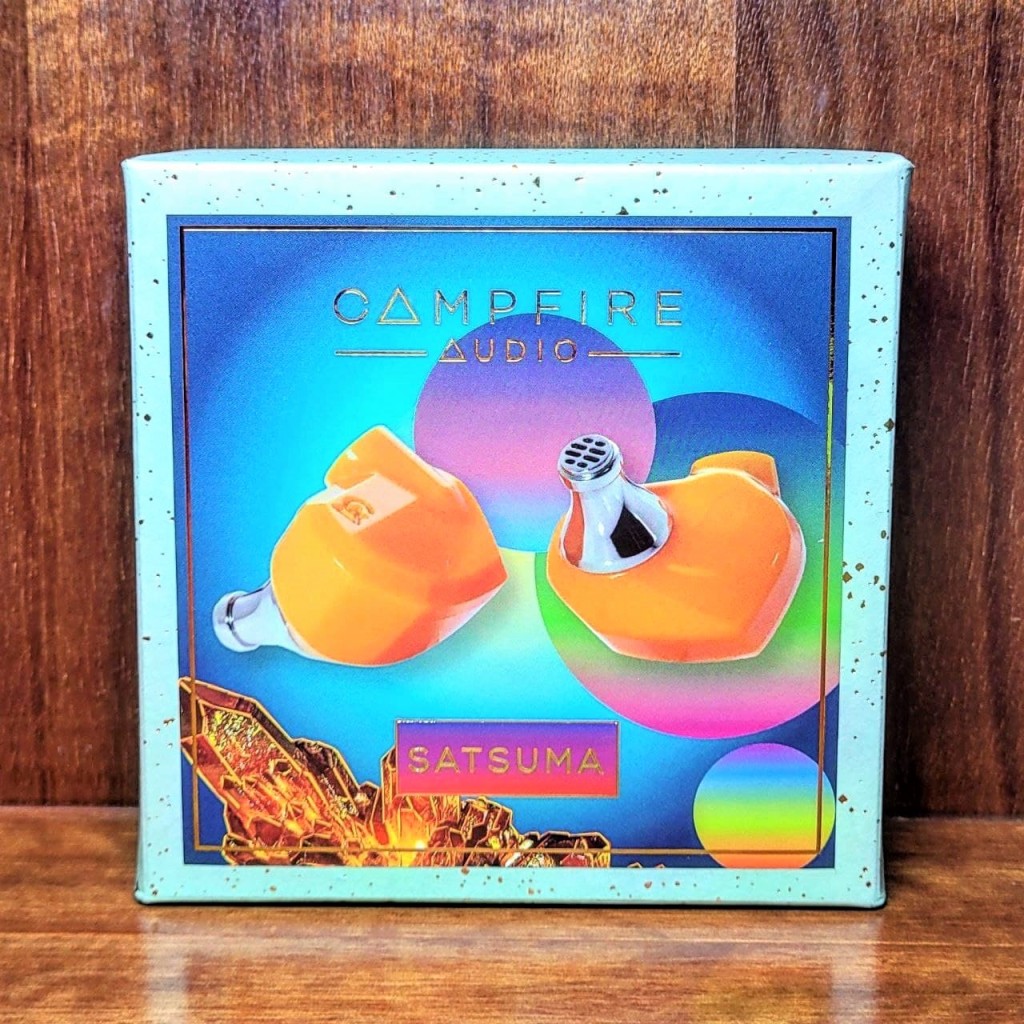
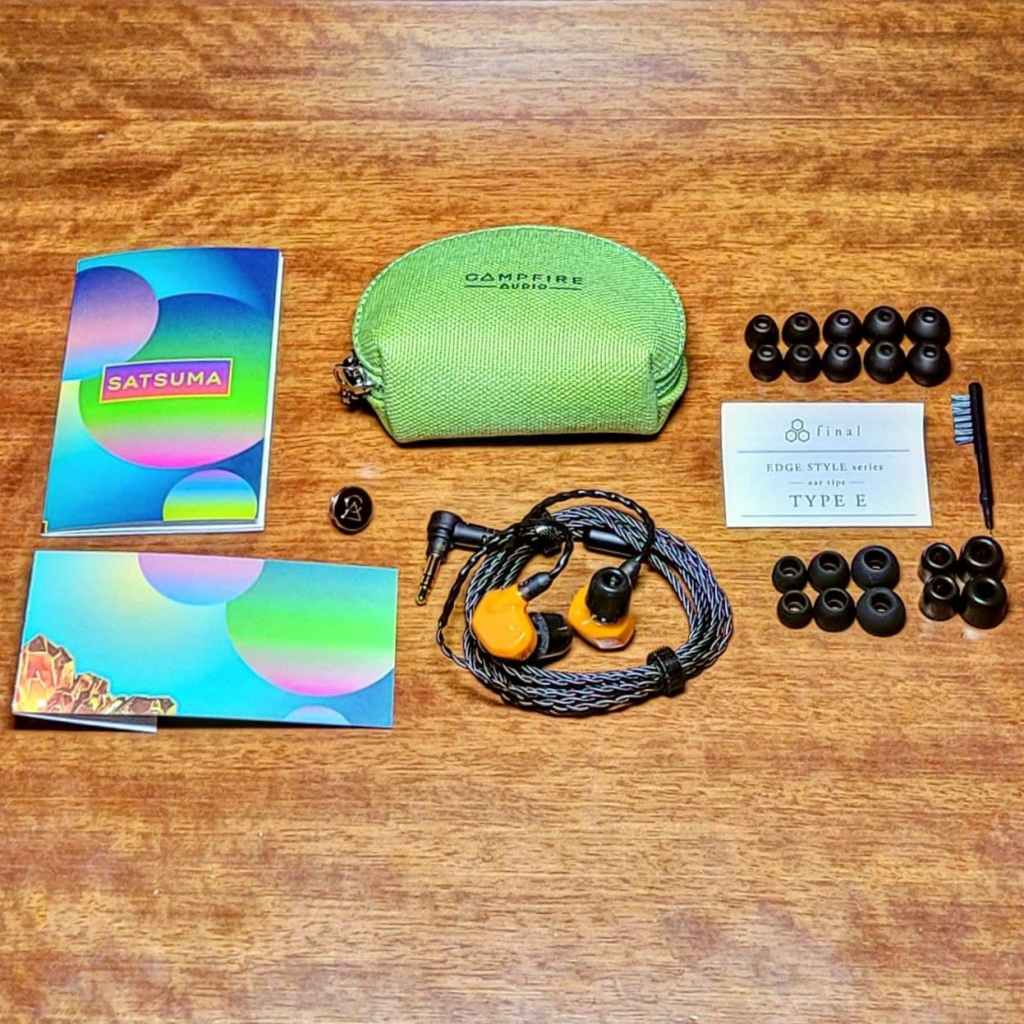


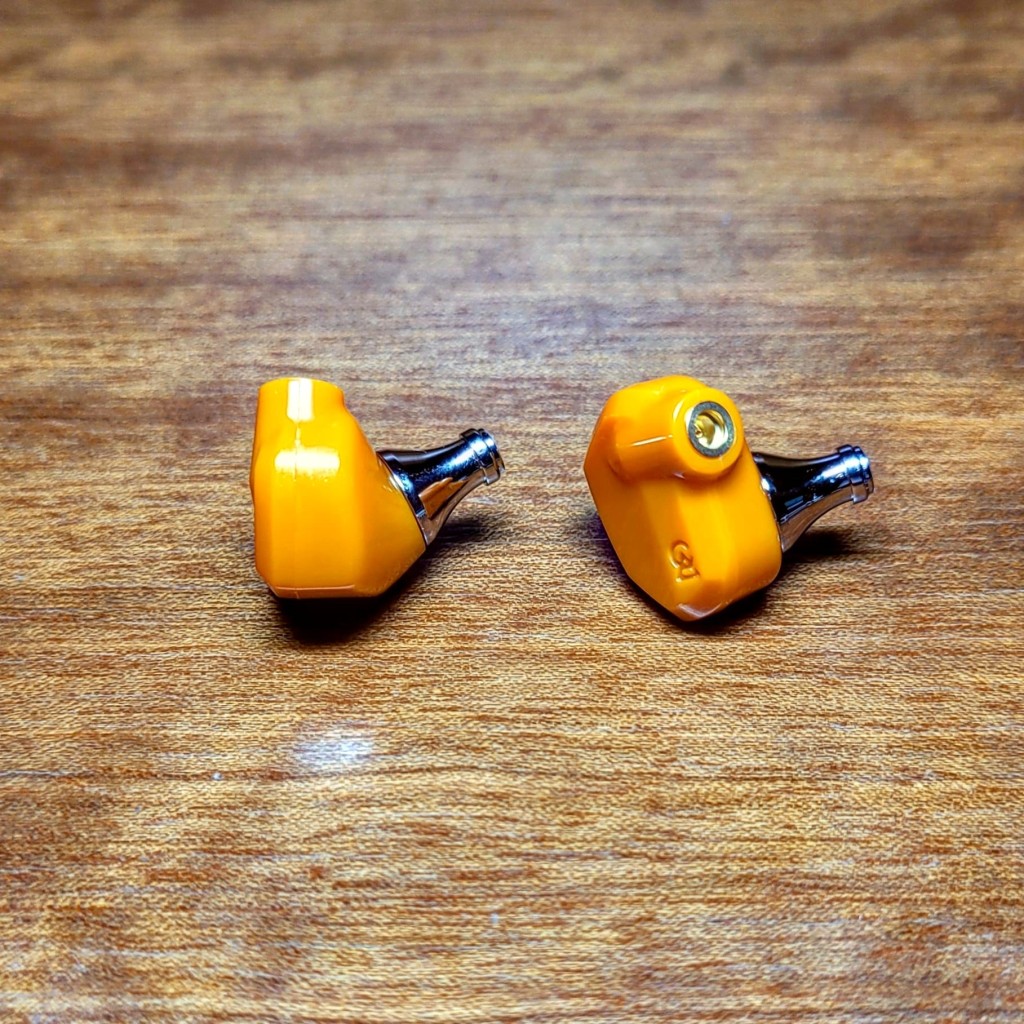
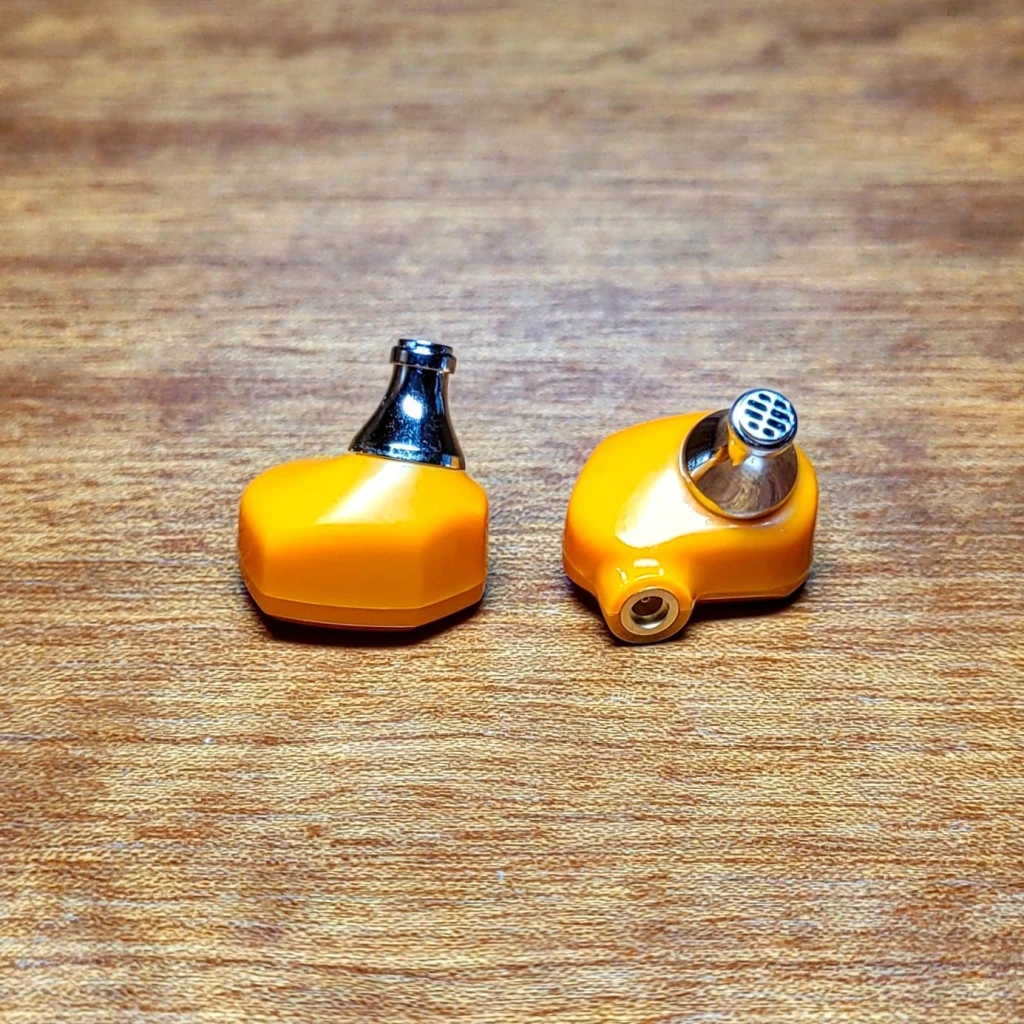
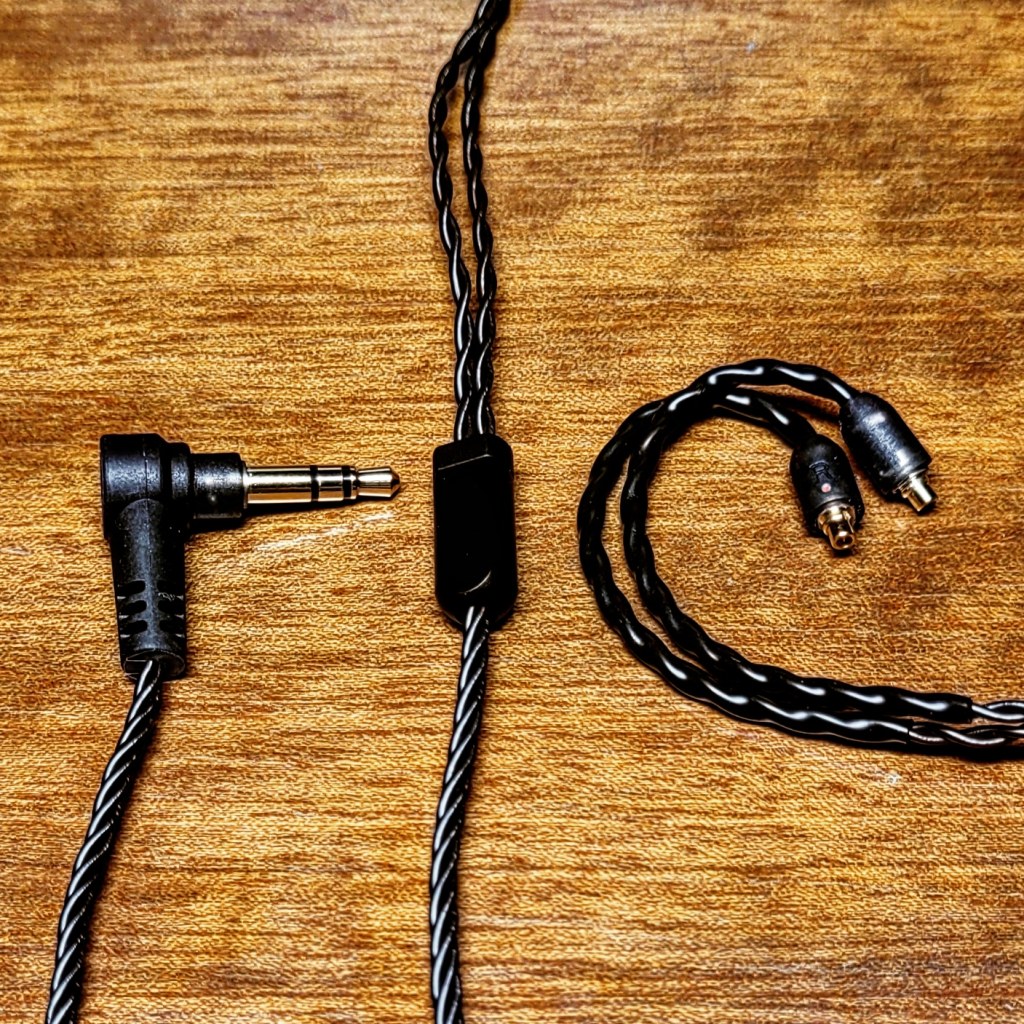
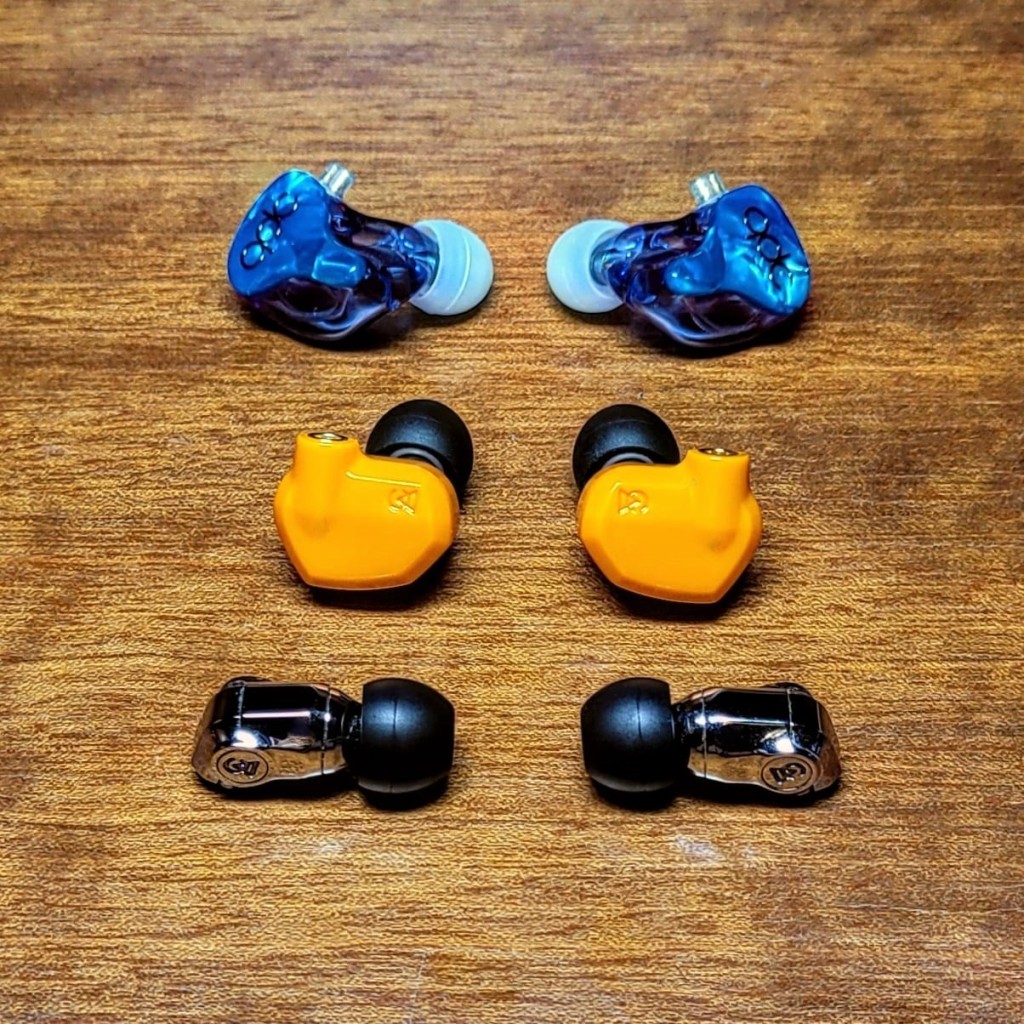
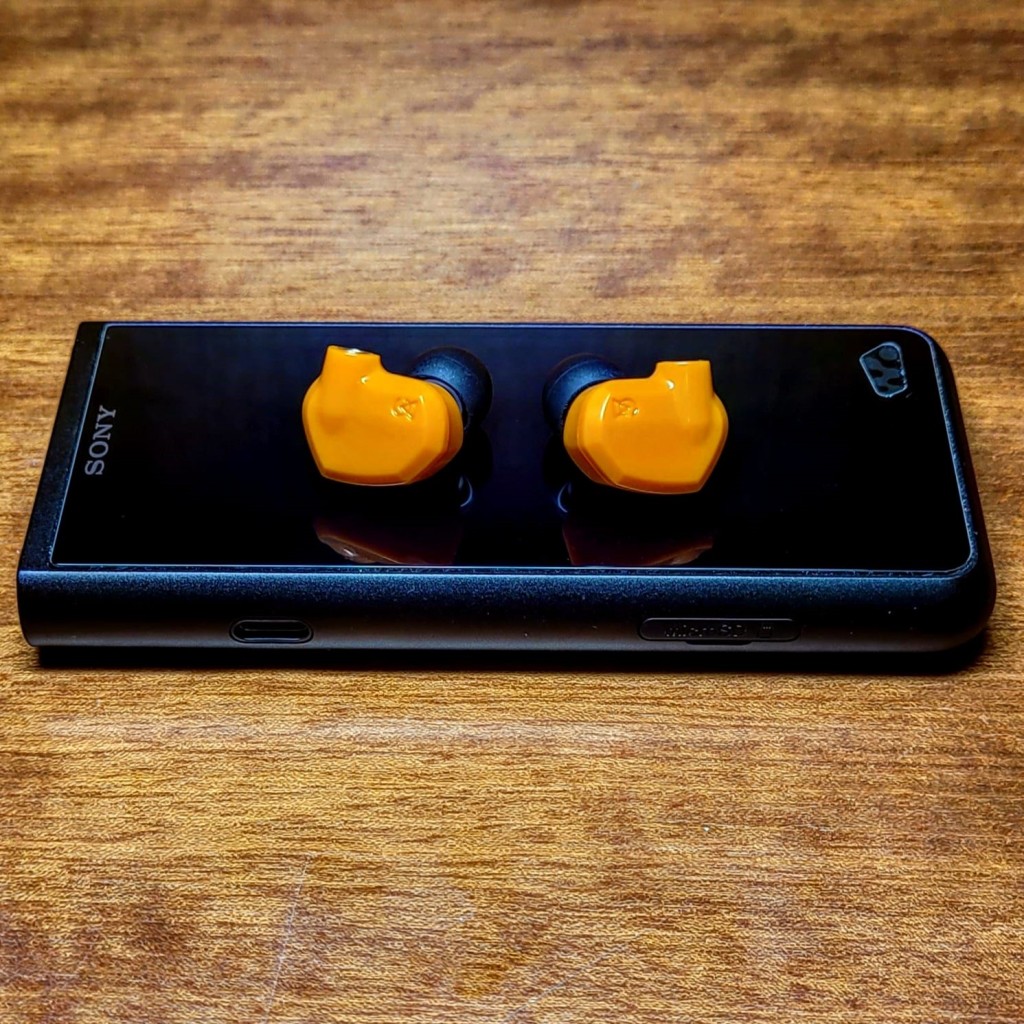
 Couldn't agree with you more. If you want to read more discussion about the mix quality be sure to join the Aesop Rock group on Facebook. There was lots of talk when the album was released, though they've quieted down by now.
Couldn't agree with you more. If you want to read more discussion about the mix quality be sure to join the Aesop Rock group on Facebook. There was lots of talk when the album was released, though they've quieted down by now.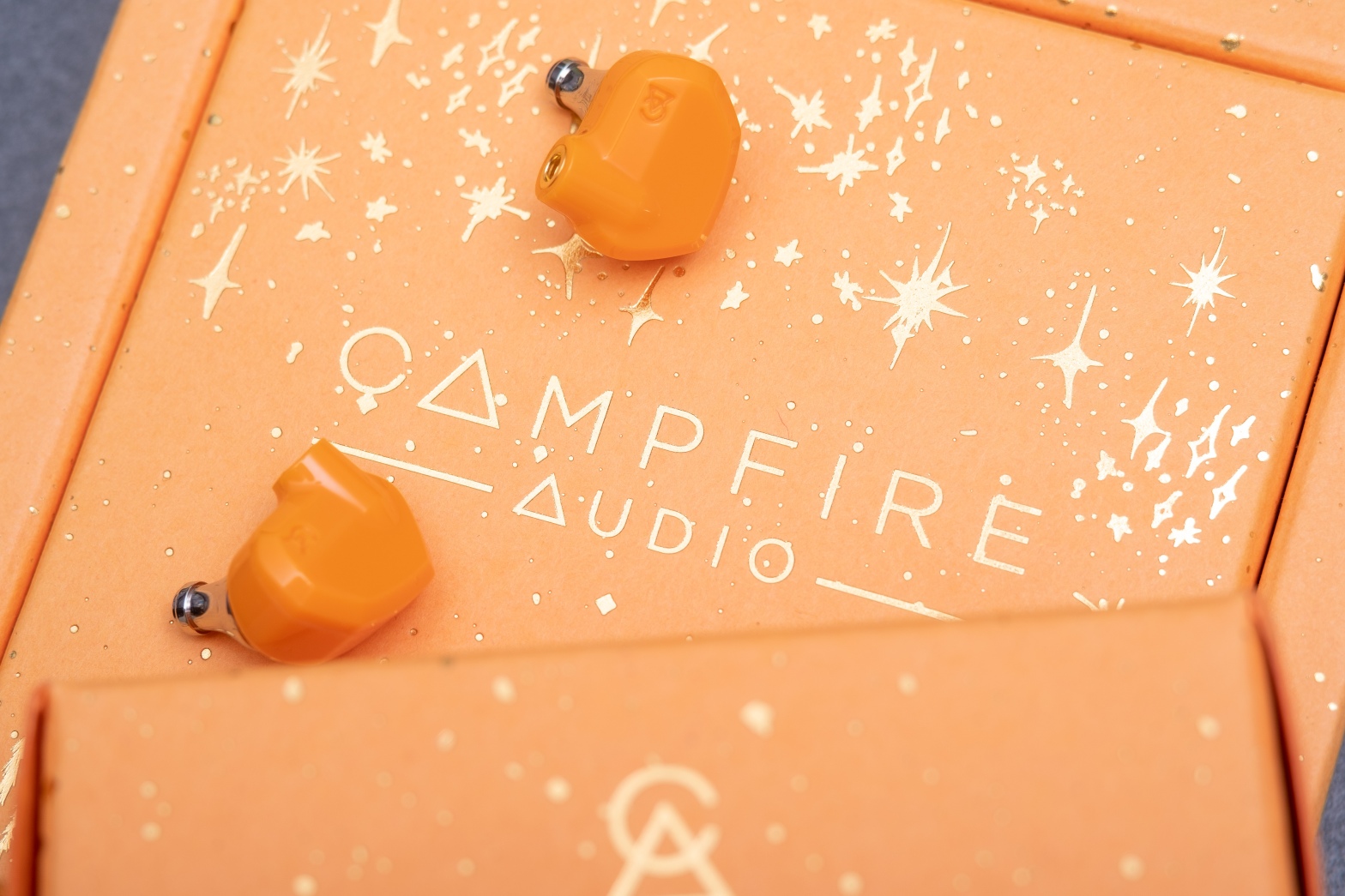
 Satsuma is basically an Orange.
Satsuma is basically an Orange. Perfect for a picnic.
Perfect for a picnic. Peekaboo!
Peekaboo! Summertime madness.
Summertime madness. Technical, but vivid.
Technical, but vivid. My favorite setup.
My favorite setup. Nicely done, Campfire.
Nicely done, Campfire. Gimme more oranges
Gimme more oranges



